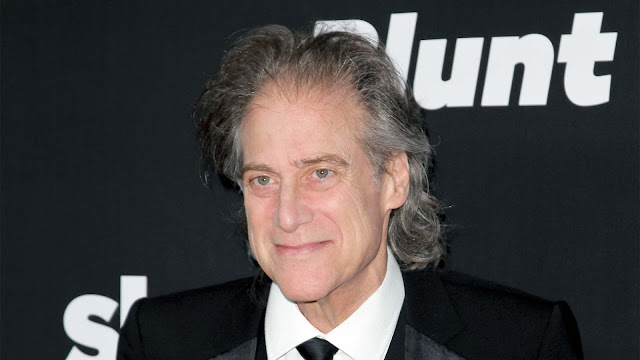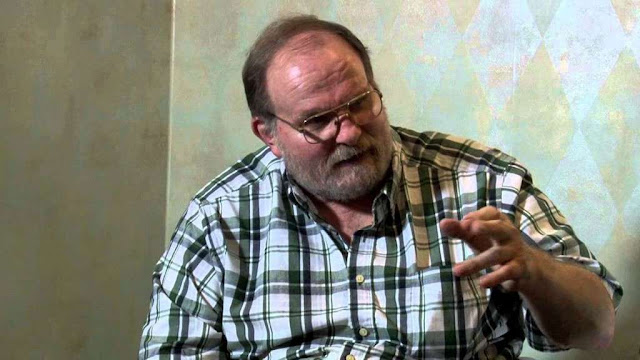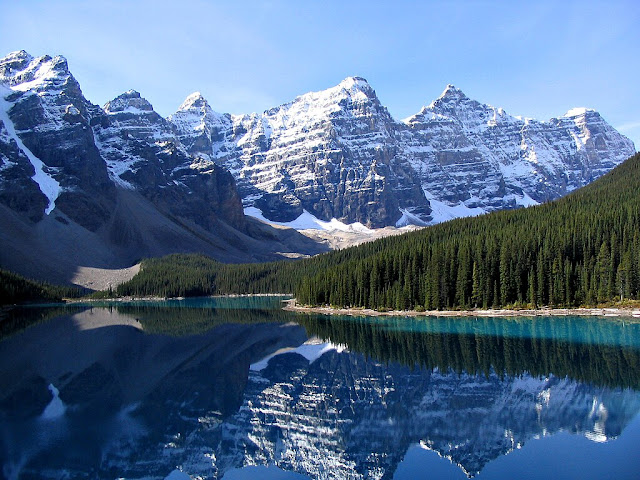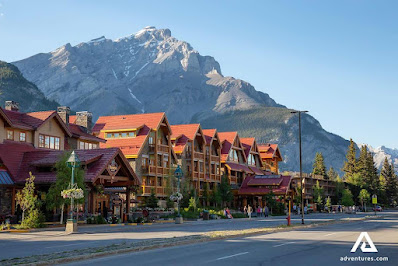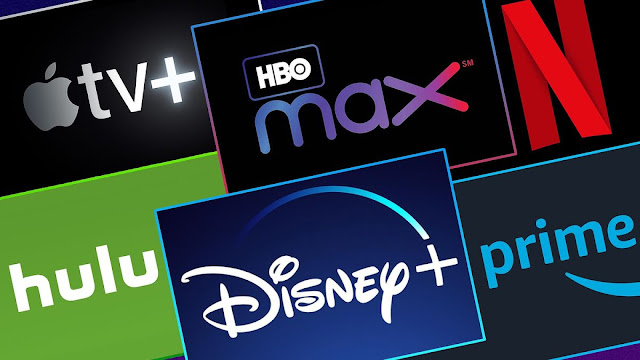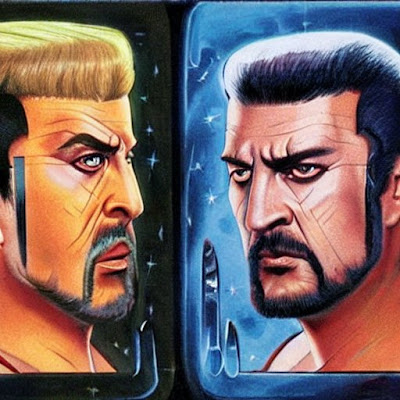Early Life and Rise to Power
Born on March 20, 1939, in Baie-Comeau, Quebec, Mulroney was the third of four children in an Irish Catholic family. His father, Benedict Mulroney, was an electrician, and his mother, Irene (née O'Shea), was a homemaker. Raised in the working-class town of Baie-Comeau, Mulroney developed a keen sense of the struggles faced by ordinary Canadians.
After completing his education at St. Francis Xavier University and Laval University, Mulroney pursued a career in law. He was known for his charm, wit, and ability to connect with people from all walks of life, qualities that would serve him well in his political career.
Mulroney's entry into politics came in 1976 when he was elected leader of the Progressive Conservative Party of Canada (PC). At the time, the PC Party was struggling, having been out of power for nearly 20 years. Mulroney brought new energy and a modernizing agenda to the party, which resonated with Canadians tired of Liberal dominance.
Prime Ministership: Policies and Achievements
Free Trade Agreement (FTA): One of Mulroney's most significant achievements was the negotiation and implementation of the Canada-U.S. Free Trade Agreement. Signed in 1988, the FTA was a groundbreaking deal that eliminated tariffs and trade barriers between Canada and the United States. While controversial at the time, Mulroney argued that the agreement would boost economic growth and create jobs. The FTA laid the foundation for the later North American Free Trade Agreement (NAFTA).
Economic Reforms: Mulroney's government pursued an aggressive agenda of economic reforms, including privatization of state-owned enterprises, deregulation, and tax reform. These policies aimed to stimulate investment and modernize the Canadian economy. However, they also faced criticism for contributing to income inequality and job losses in certain industries.
Goods and Services Tax (GST): One of the most contentious decisions of Mulroney's tenure was the introduction of the GST in 1991. This federal value-added tax replaced the Manufacturers' Sales Tax and was aimed at broadening the tax base while lowering income tax rates. The GST was deeply unpopular, leading to protests and criticism. However, it remains a significant part of Canada's tax system today.
Environmental Initiatives: Mulroney's government made strides in environmental policy, including the Acid Rain Treaty with the United States and the Montreal Protocol to protect the ozone layer. These agreements showcased Canada's commitment to global environmental issues.
Meech Lake Accord: Mulroney sought to address Quebec's demands for constitutional recognition through the Meech Lake Accord in 1987. The accord proposed constitutional amendments recognizing Quebec as a "distinct society" within Canada. While initially successful, it ultimately failed to be ratified by all provinces, leading to increased tensions in Canadian federalism.
Challenges and Controversies
Mulroney's time in office was not without its challenges and controversies:
Recession and Unemployment: The early years of Mulroney's tenure were marked by a severe economic downturn. Rising unemployment and high deficits led to public discontent and strained government finances.
Airbus Affair: One of the most damaging scandals of Mulroney's career was the Airbus Affair. In 1995, it was revealed that Mulroney had received large cash payments from Karlheinz Schreiber, a German-Canadian businessman involved in the sale of Airbus planes to Air Canada. Mulroney denied any wrongdoing but faced intense scrutiny and a public inquiry.
Constitutional Battles: The failure of the Meech Lake Accord and the subsequent Charlottetown Accord referendum in 1992 highlighted the challenges of constitutional reform in Canada. These debates exposed deep divisions between federal and provincial governments, particularly on issues of Quebec's status and Indigenous rights.
Environmental and Indigenous Issues: Mulroney faced criticism for his government's handling of environmental and Indigenous issues, including the controversial Meech Lake and Charlottetown Accords, which Indigenous groups felt did not adequately address their rights.
Legacy and Later Years
After leaving office in 1993, Mulroney remained active in public life. He became a successful businessman, serving on the boards of several corporations and advising international organizations. Mulroney also remained involved in politics, offering advice to subsequent Conservative leaders and participating in various charitable endeavours.
Despite the controversies of his time in office, Mulroney's legacy is a complex one. His economic reforms and free trade initiatives reshaped Canada's economy, paving the way for future growth and prosperity. However, the GST and constitutional failures left a bitter taste for many Canadians.
In recent years, Mulroney has received renewed attention and respect for his role in international diplomacy and environmental protection. His work on issues such as acid rain and the ozone layer demonstrates a commitment to global cooperation and sustainability.
In conclusion, Brian Mulroney's legacy as Prime Minister of Canada is a mix of bold economic reforms, controversial policies, and significant achievements on the international stage. His tenure was marked by both triumphs and challenges, leaving an enduring impact on Canadian politics and the country's place in the world. Whether remembered for the FTA, the GST, the Meech Lake Accord, or the Airbus Affair, Mulroney remains a pivotal figure in Canadian history, a leader who shaped the nation in ways that continue to resonate today.
Source: Some or all of the content was generated using an AI language model





